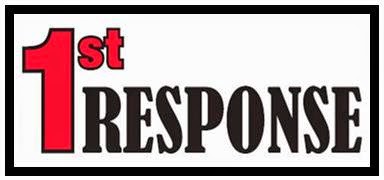When the firefighters leave, it may seem like the danger has passed and the home is safe from further destruction, but without professionals to help clean the smoke damage, the building will never return to normal. While the principles behind fire restoration are fairly simple, it requires a lot of experience and manpower to perform adequately, and this means that it shouldn’t be attempted by a homeowner on his or her own.
While fire is always the immediate danger, once it is gone, what it leaves behind will continue to affect the house. Ash and smoke, if left unhindered, will cause extensive corrosion, etching and discoloration, not to mention lingering powerful odors. Professionals that clean fire and smoke damage can stop this before it becomes a major problem, assuming they are contacted soon enough. There are many companies out there that advertise their ability to restore areas affected by fire, but only those with proper training and certification should be considered. The Institute of Inspection Cleaning and Restoration Certification (IICRC) is the main oversight agency in this industry. The IICRC requires its registrants to take extensive coursework before earning their certification. This is a symbol of excellence, and those that uphold the standards that have been set can be contacted through the IICRC.
These professionals can clean smoke damage and restore items affected by a fire, but they must be brought to the site as soon as possible to halt the ongoing issues that ash residue can cause. The first thing that ash does to the home is discolor most surfaces. Anything that is made of plastic or was close to the fire will start discoloring within minutes, and within several hours, fiberglass and finishes on appliances will begin to yellow. Metals may also tarnish. After a few days pass, the ash will cause walls to discolor permanently, along with clothing and upholstery. Wood and vinyl will need to be refinished or replaced, and metal will start corroding.
